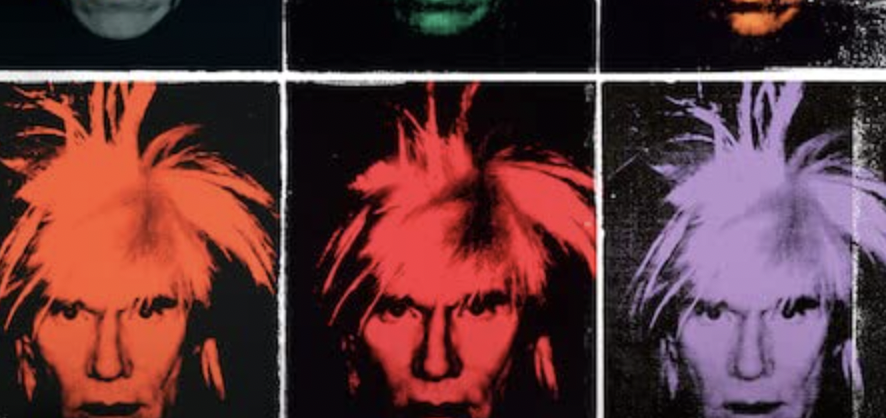By Aidan Szabo-Hall, First Year, English Literature
“I want to be a machine” is one of many Andy Warhol quotes that has proved prescient. The six-part Netflix docuseries The Andy Warhol Diaries - narrated at moments by an AI Andy – offers an invaluable glimpse into the mind of an unknowable enigma, illuminating the divide between his affectless, deadpan public persona and the intense emotional complexity, confusion and anxiety experienced within his private life.
Comprised of interviews with critics, artists, and friends, along with extracts from the diaries themselves, the docuseries is at its most profound when observing the moments when his public performance slips, the moments when Warhol feels comfortable enough to ‘take his Andy suit off.’
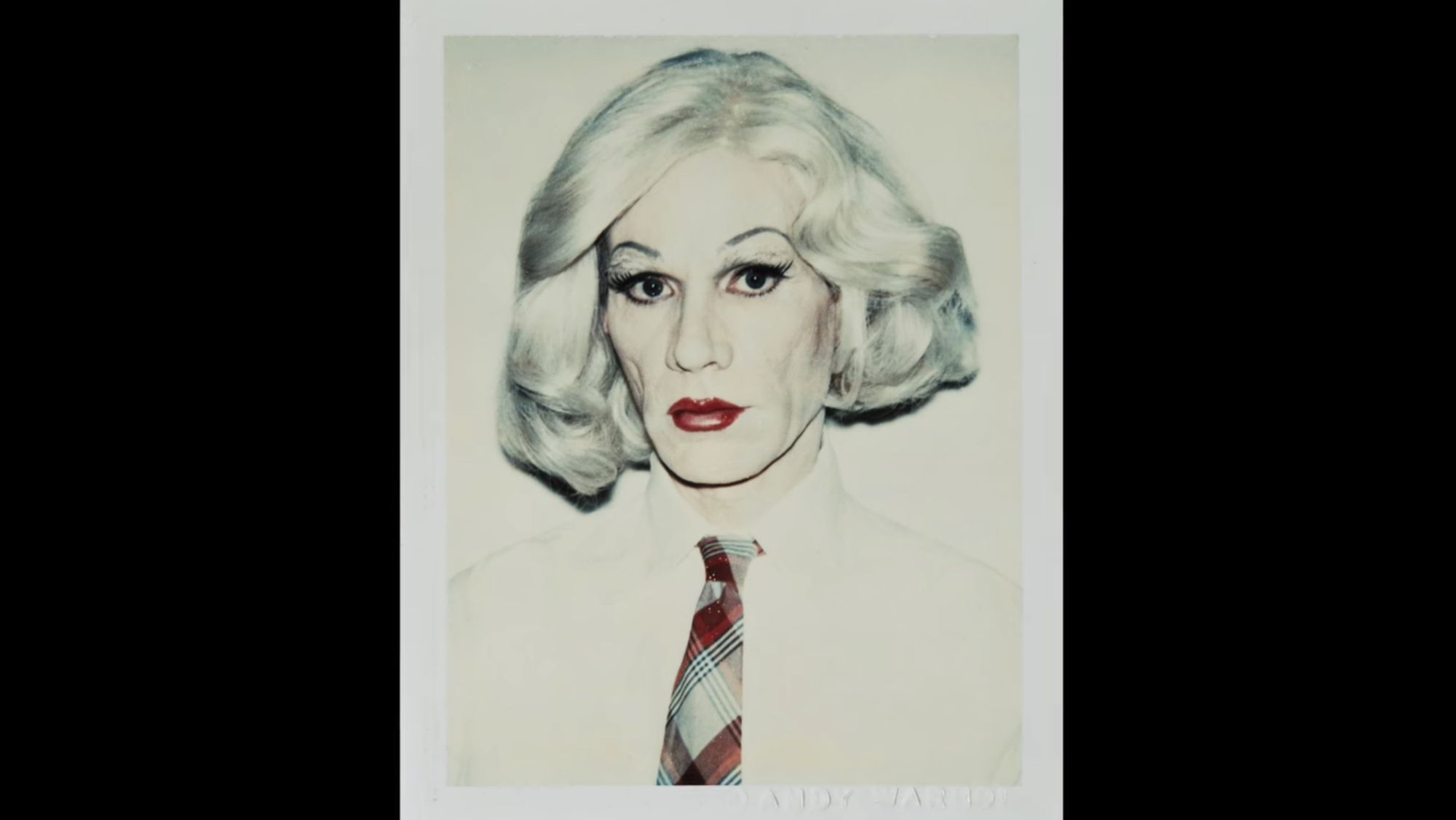
The documentary presents Warhol as an isolated outsider, initially alienated both in professional and personal spheres, wrestling with his homosexuality during an age pervaded by rampant homophobia in 1960s America, and excluded from an art establishment initially disturbed by the postmodern rebelliousness of Pop Art: the defining emblem of 1960s counterculture.
Though a key element to Warhol’s character is apparent here too: his mastery of personal re-invention and ability to manipulate his personal weaknesses into professional strengths; a trait which allowed him to transform from Andrew Warholia to Andy Warhol, to absorb the creative energies of younger generations whenever his relevance began to wane and, after his shooting in 1968, mould himself into a monetizable brand.
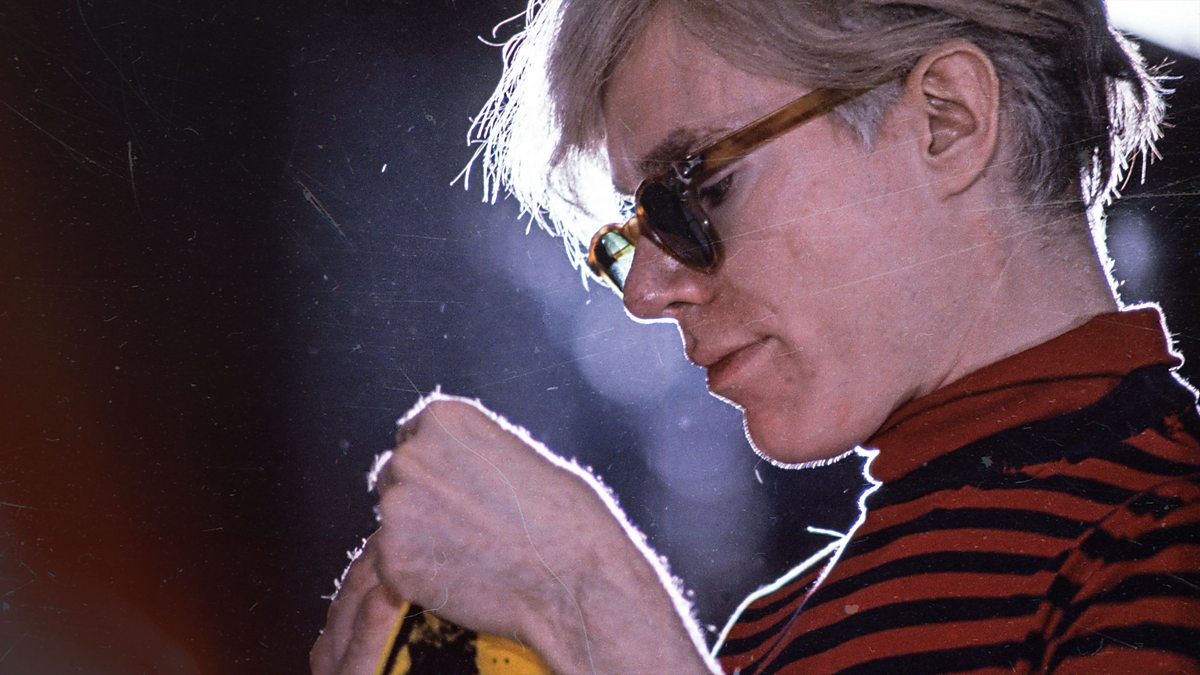
There is a revealing story in episode one, which touches on Warhol’s impoverished upbringing in Pennsylvania, detailing how he would cannily invite bullies into his home and draw a portrait of them; a flattering process he would use four decades later within elite social circles, making the rich feel like icons.
His self-consciousness surrounding his own physical image is an integral part of his own personal narrative, an anxiety that helped him sculpt a protective, asexual public image as if it too were a work of art. In response to his initial exclusion from the art establishment and the glitzy industry of celebrities of which he was enthralled, he created his own eccentric, bohemian world in “The factory”: a studio which played host to musicians, artists and drag queens, a creative epicentre which turned “misfits into superstars.”
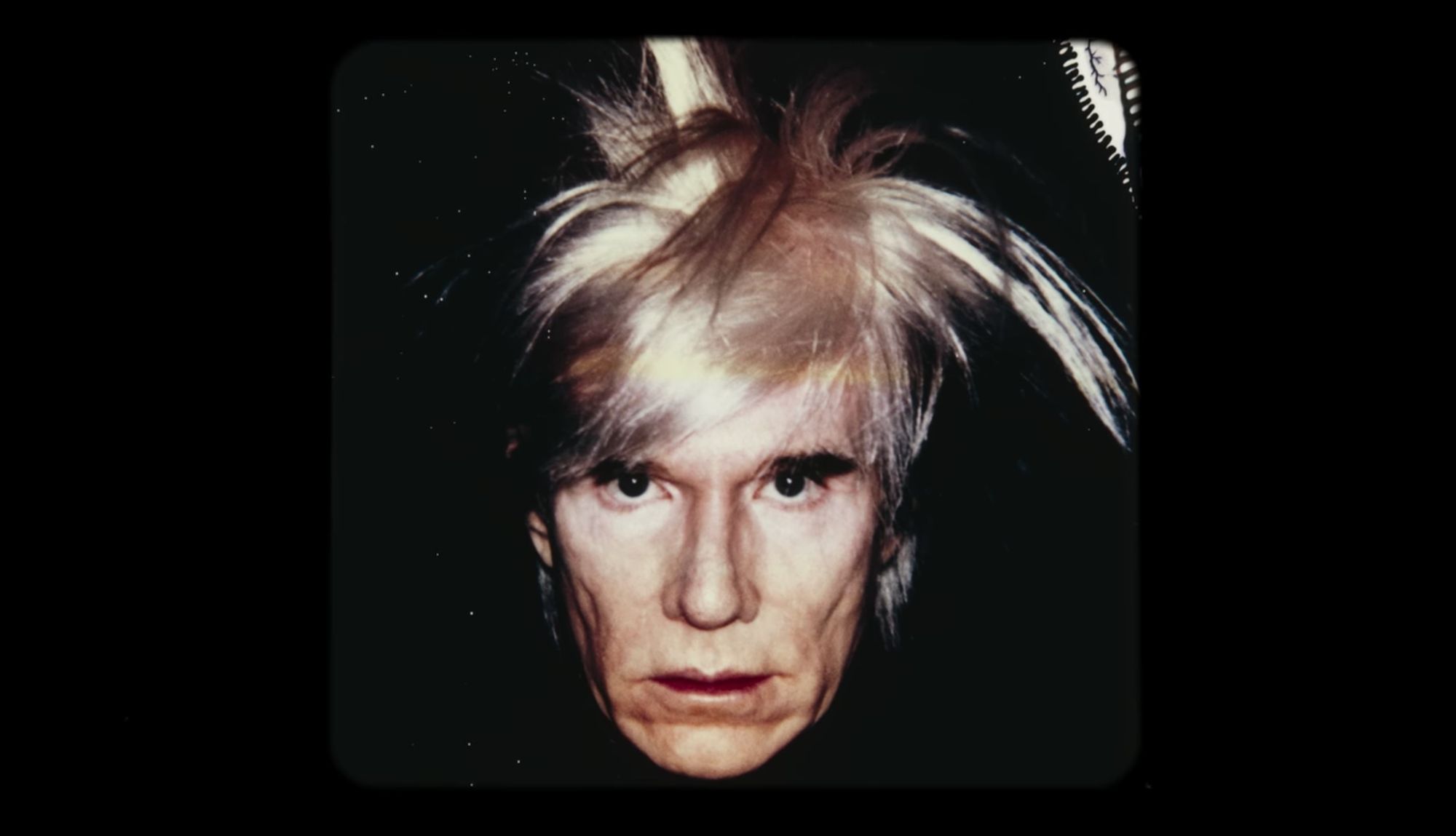
Integral to the docuseries also is it is intimate focus on three of Warhol’s defining relationships: Jed Johnson, who began working as a runner at The Factory and later became an interior designer, Jon Gould, the superficially straight Paramount pictures vice president and Jean-Michael Basquiat, the young artistic prodigy and product of the golden age of the art world that was the 1980s, with whom Warhol had a mutually beneficial artistic synergy.
The relationships particularly with Jed and John reveals both an intense personal desire from Warhol and, at times, profound loneliness also, along with his precarious balancing of the longing for domestic bliss and indulging in the hedonistic and commercially beneficial world of celebrity.
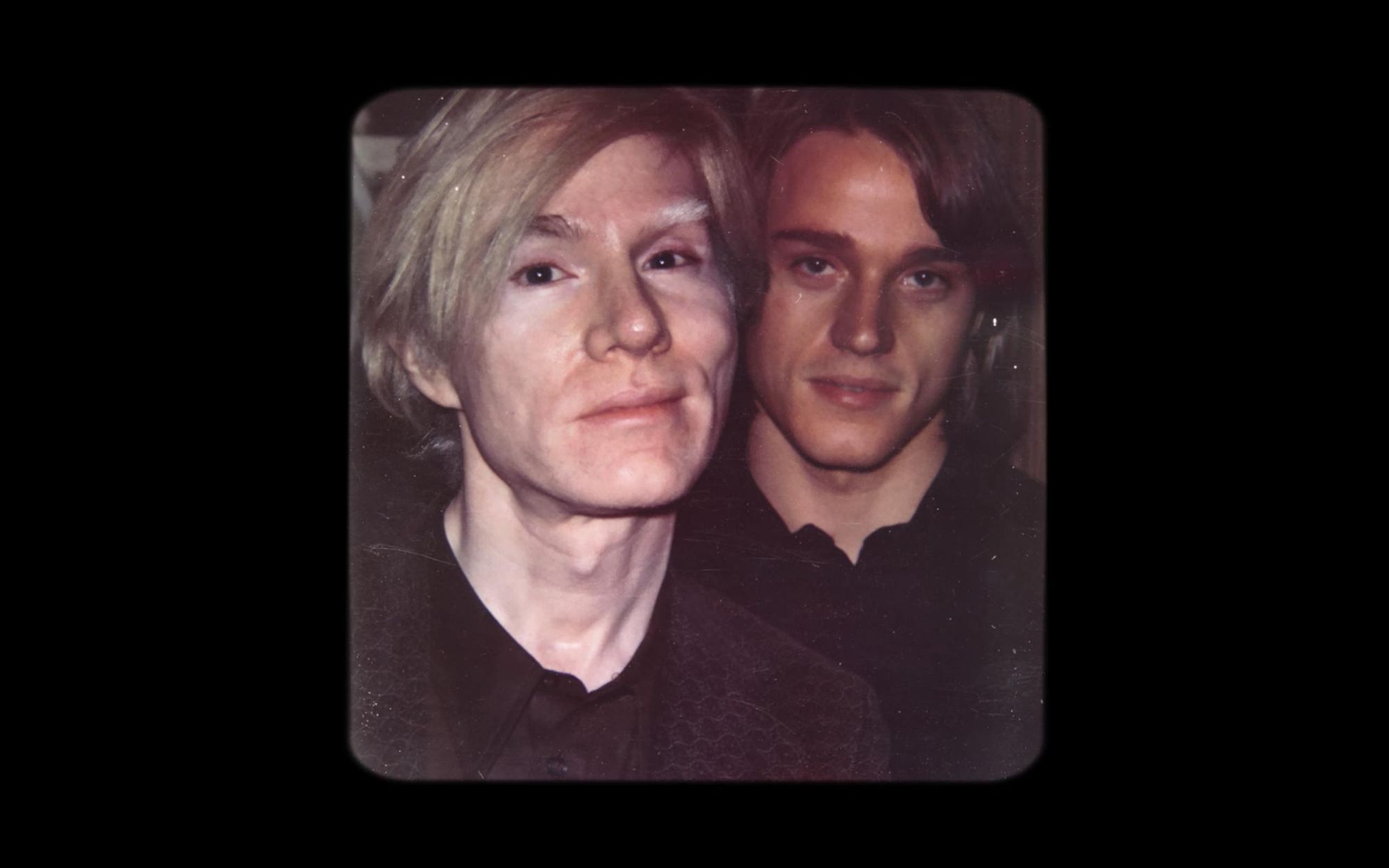
The final episode of the series is particularly poignant, noting his searing prescience on the transience of celebrity culture (although 15 minutes of fame now seems hugely ambitious) and his ironic death in 1987 after releasing the last supper portraits, a series open to a myriad of interpretations but undoubtedly evoking his feelings on religion, guilt, queerness, death, and desire.
At moments, the series can feel repetitious and exhausted, with the laconic droning of AI-Andy dubbed over continuous montages of re-created scenes, yet it offers an insightful glimpse behind a mask reluctant to be removed, and intriguingly analyses how Warhol’s religion, sexuality and societal critiques permeated his work.
Featured Image: IMDB
What do you think about Netflix's influx of docuseries?

